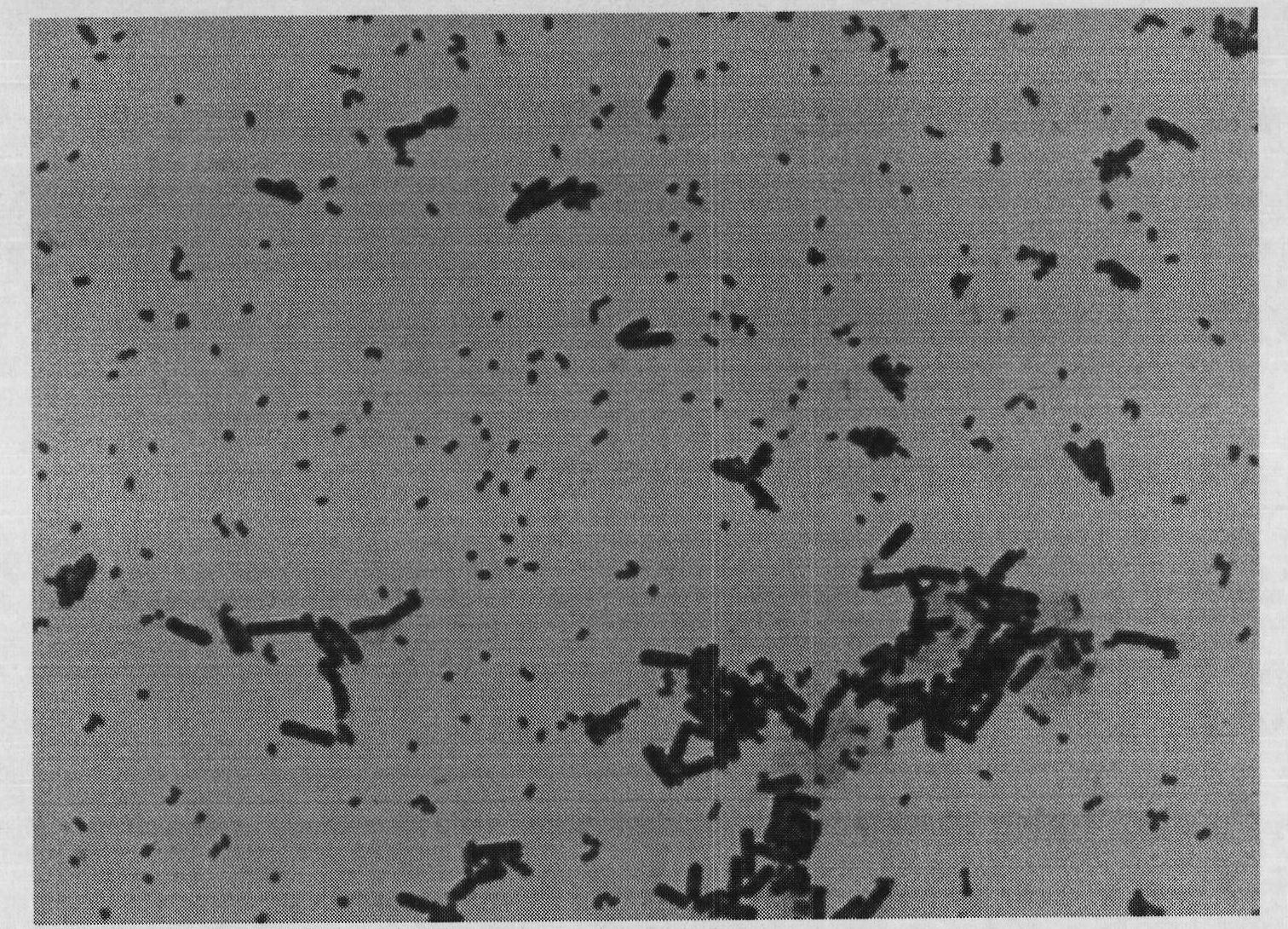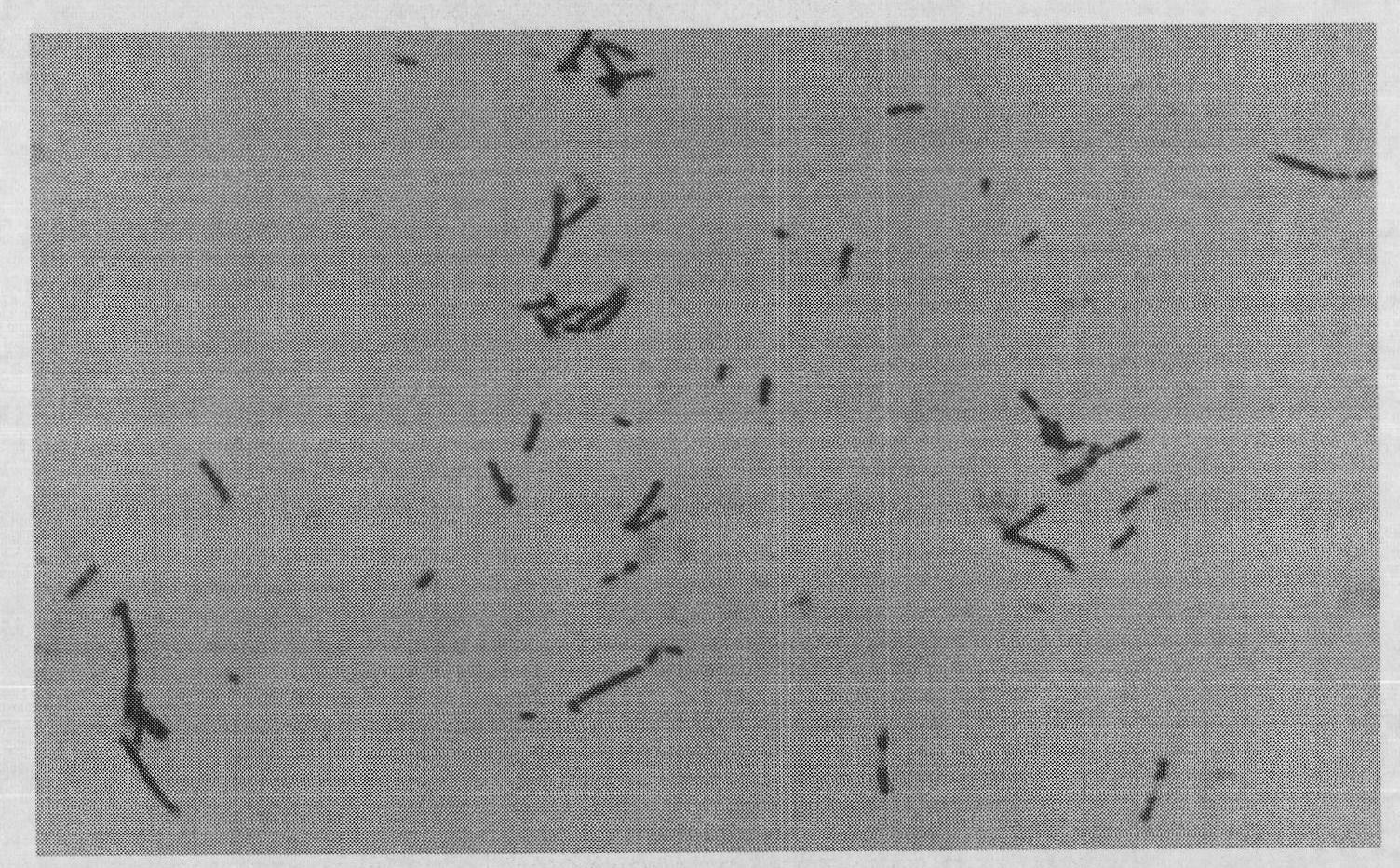Application of tetra-carbonic acid or salt thereof to preparing 2-keto-L-gulonic acid in tricarboxylic acid cycle
A technology of tricarboxylic acid, gulonic acid, applied in microorganism-based methods, biochemical equipment and methods, microorganisms, etc.
- Summary
- Abstract
- Description
- Claims
- Application Information
AI Technical Summary
Problems solved by technology
Method used
Image
Examples
Embodiment 1
[0083] Embodiment one: the preparation (preparation of culture medium) of the nutrient-enhanced corn steep liquor product containing succinic acid
[0084] Step 1: Select corn soaking water with stable quality, the dry matter content of which is not less than 9%, add inorganic flocculant, heat to 65°C-85°C and filter,
[0085] Step 2: using succinic acid to acidify the filtrate so that the succinic acid content reaches 5% (w / w) of the soaking water dry matter,
[0086]Step 3: Vacuum concentration until the dry matter reaches 40%, to obtain a concentrated slurry,
[0087] Step 4: Add succinic acid again to the concentrated pulp to obtain a strengthened pulp with a succinic acid content of 10% (mass volume percentage). When the slurry is fermented with 2-KGA, the usage amount is 1% (in terms of dry matter), and the succinic acid in the culture medium reaches 0.1%.
[0088] In this example, the purification of corn steep liquor is combined with the strengthening of tetracarboni...
Embodiment 2
[0090] Embodiment two: Sodium succinate is to the improvement of " two-step fermentation method " technique, bacterial classification adopts large bacterium and small bacterium
[0091] The results of Experiment 2 show that among the four compounds, succinic acid has the most obvious promotion effect on the growth and acid production of small bacteria, so it is used as a representative in the process of fermentation and production of 2-KGA. Since the first step of the "two-step fermentation" process is very mature from sorbitol to sorbose, only the second-step fermentation from sorbose to 2-KGA is used to illustrate the "two-step fermentation" process improvement
[0092] Step 1: The preparation of the culture medium adopts the conventional culture medium preparation method, using sorbose as the substrate:
[0093] 1. Solid medium (mass volume percentage): sorbose 2%, corn steep liquor 1%, yeast powder 1%, urea 1%, potassium dihydrogen phosphate 0.1%, ammonium sulfate 0.1%, s...
Embodiment 3
[0104] Embodiment 3: Using sodium succinate to establish a "pure fermenting process" from sorbose to 2-KGA, the bacterial species adopts small bacteria
[0105] Step 1, the preparation of culture medium, is the same as embodiment 2.
[0106] Step 2, conventional sterilization of the culture medium is the same as in Example 2.
[0107] Step 3: 10-liter fermenter, sterilized by steam for 30 minutes, liquid medium, 121 ° C, sterilized for 25 minutes, sorbose, urea and other medium components were sterilized separately.
[0108] Step 4: Make the small bacteria grown on the solid medium into a bacterial suspension, take 5ml and insert it into the seed medium, the liquid volume is 75ml / 500ml, 28°C-30°C, shaker speed 180-200rpm, cultivate for 18-20h , made into liquid seeds.
[0109] Step 5, liquid seeds, 5% inoculum amount is inserted into a 10L fermenter, 28°C-30°C, 250-300rpm, sodium hydroxide automatically adjusts the pH to 7.2, and cultivates for 48h.
[0110] Step 6: Separat...
PUM
 Login to View More
Login to View More Abstract
Description
Claims
Application Information
 Login to View More
Login to View More - R&D
- Intellectual Property
- Life Sciences
- Materials
- Tech Scout
- Unparalleled Data Quality
- Higher Quality Content
- 60% Fewer Hallucinations
Browse by: Latest US Patents, China's latest patents, Technical Efficacy Thesaurus, Application Domain, Technology Topic, Popular Technical Reports.
© 2025 PatSnap. All rights reserved.Legal|Privacy policy|Modern Slavery Act Transparency Statement|Sitemap|About US| Contact US: help@patsnap.com



